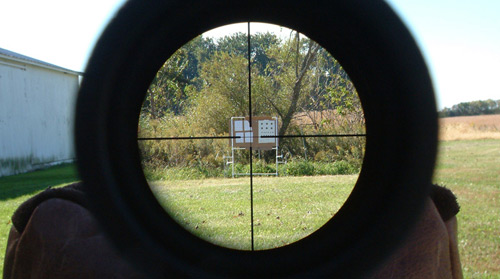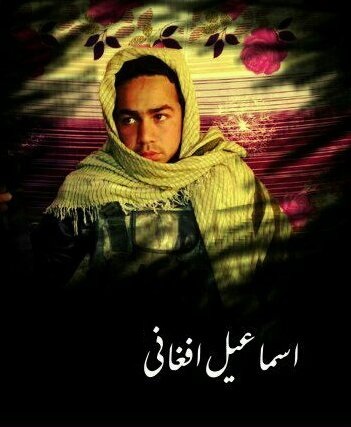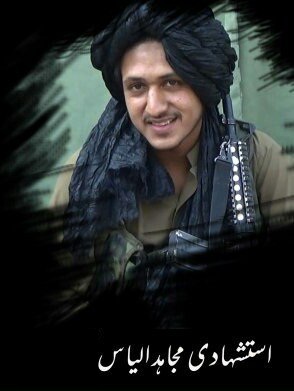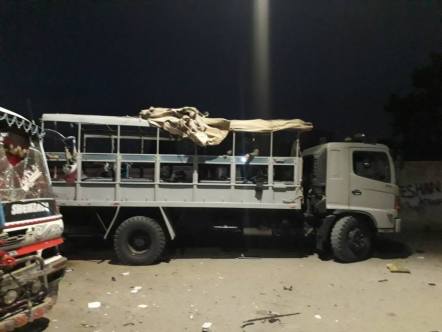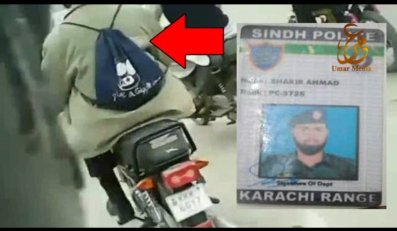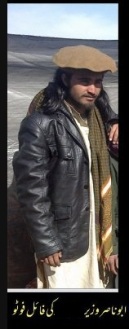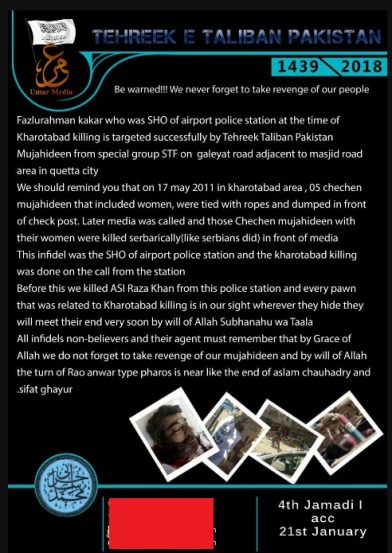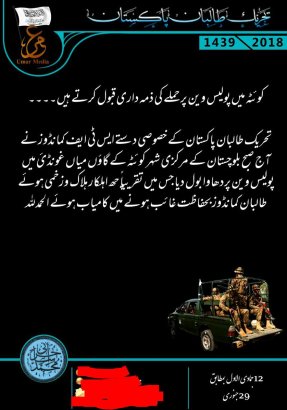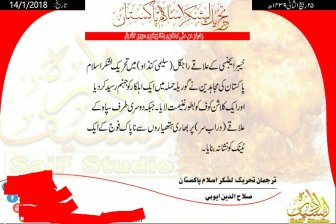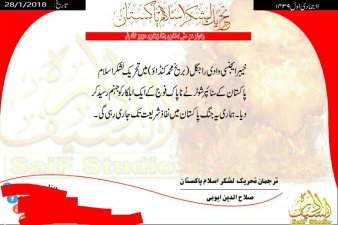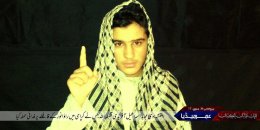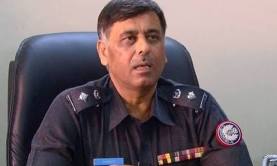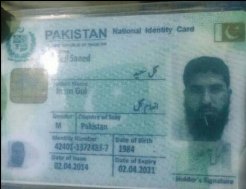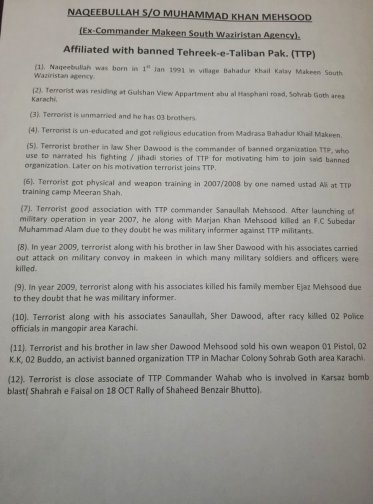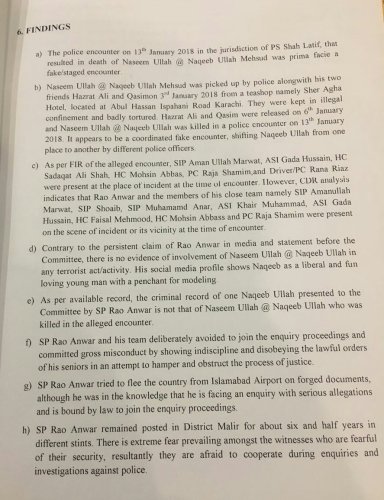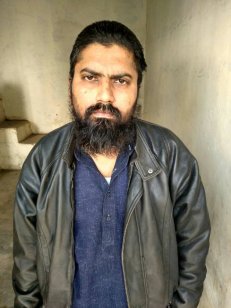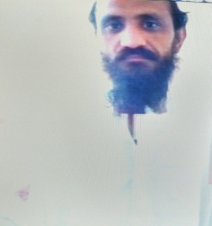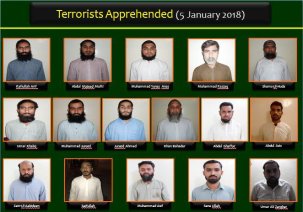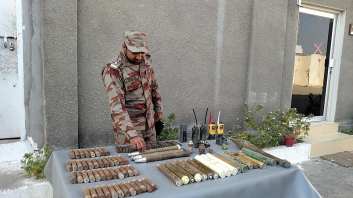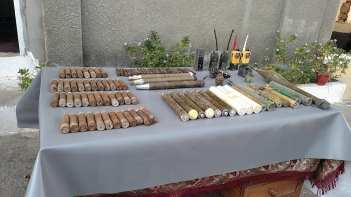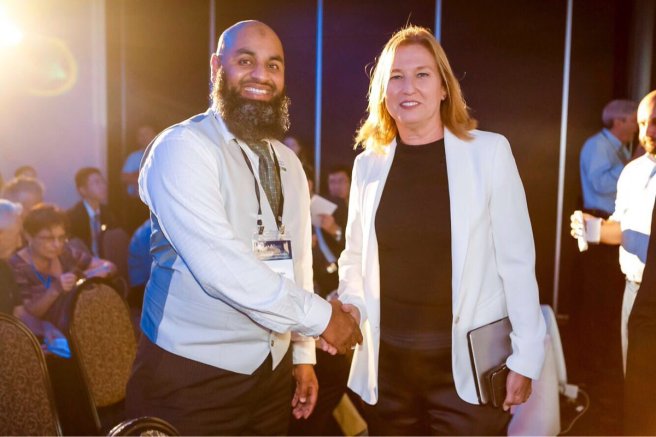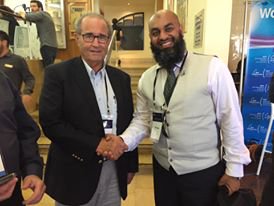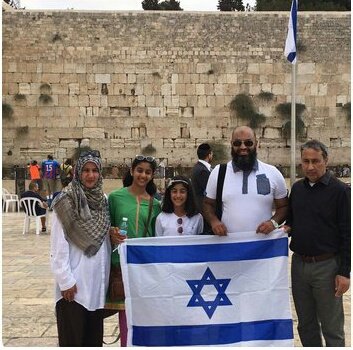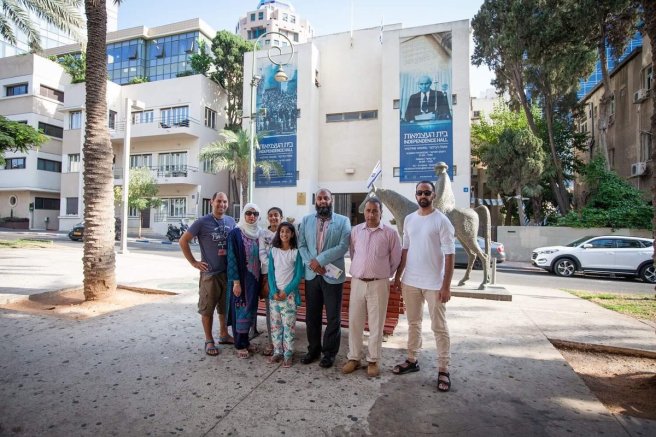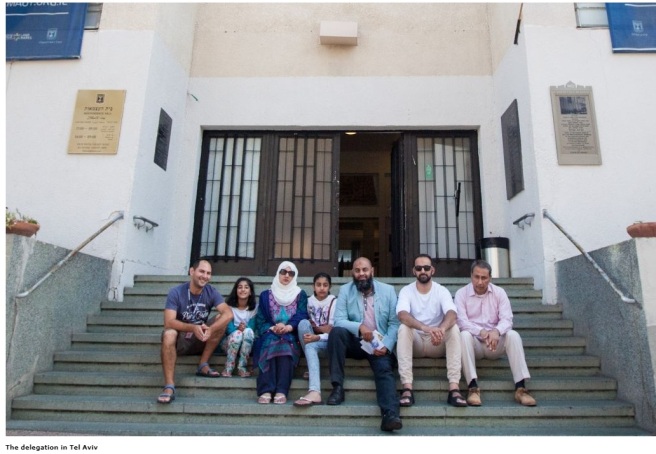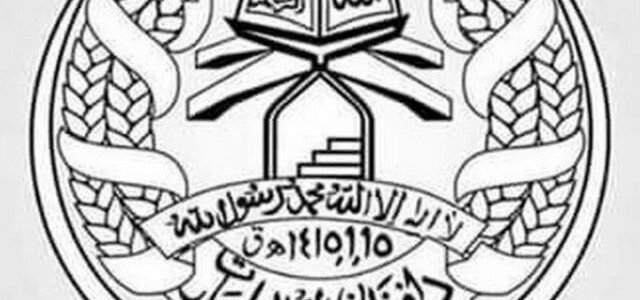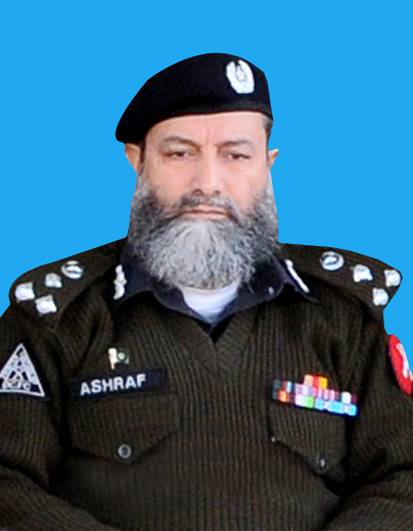In last few days, the Pakistani government’s anti-encroachment operation has been in the news quite a bit. In a grand new operation, the government decided to demolish illegal businesses in Karachi. Everyone has their own opinion about this op but most of those opinions are uninformed. So I decided to see for myself how this op is affecting Karachi’s people. What I found makes me worry a lot not just for Karachi but for Pakistan.
First of all, let me start by saying that I support Pakistani govt’s op against illegal businesses in Karachi. These illegal businesses, many of which have been there for decades, posed several problems not only for the public but also for local administration. Sure, many of them provided essential services to locals (such as cheap clothes, food, etc) but their cons far outweighed their benefits. Perhaps some locals would disagree with me, but that’s what I think. These illegal businesses were a lot like heroin: once you get addicted to getting really cheap stuff from your nearby locality, you would not want to travel very far away for more expensive stuff. This applies to everything from clothing to food items. And when you’re told that the guy who used to sell those very cheap Chinese knockoff shades near your home is gone, it is understandable why you would be a bit pissed.
But that’s not what this is about. In the last few days, I have traveled all over Karachi, talking to people who have had their illegal businesses demolished. I listened to their stories. I tried to understand their predicament. And the reality is terrifying.
Let’s start with this Bengali paan-wala I talked to. He used to have a stall in Gulshan Iqbal. That stall is now gone. He is jobless. He doesn’t have any education and he is pretty sure he won’t find any other job. Having run his business of selling pans and cigarettes since his teenage years, he doesn’t know any other work either. When I asked him what are you going to do now, he replied: “Either go back to Bangladesh or join a gang of robbers right here in Karachi.” At first I thought he was half kidding. After looking into his eyes for a few seconds, I realized he was dead serious. I saw blood in his eye, the kind of blood you see in someone’s eyes who just have had everything they loved taken away from them.
Take this other elderly man I talked to in one of the many markets in Saddar area of Karachi. He used to run a small stall – yes, illegal it was – which sold cheap used clothes. Most of his customers were low income individuals. He had been running that stall in the same area for last 13 years, he says. That stall is now gone. He says he can’t afford to rent out a shop because whatever he earned in last 13 years had gone to the wedding expenses of his 5 children and he was barely able to meet his monthly expenses from what he earned from the stall that is now gone. I asked him what will he do. He replied that he is contemplating suicide because he can’t live as a burden on any of his children.
Another man I talked to in the same Saddar market used to run his small Barbecue business, which is now also gone. He said he is looking for a job but couldn’t find any. “We know this is happening because of China and CPEC. They want to remove us poor people from their sight so they don’t have to worry about us. But what are we supposed to do? Are we supposed to just vanish? I don’t know what I will do now” he said, almost choking with tears.
And therein lies the problem. The government has taken a step to remove illegal businesses without giving people a backup plan. I asked a local administration official if there’s any Plan B for all these poor people. He said, “no, there’s no Plan B. This is it.”
The government has taken away the livelihood of tens of thousands of people without giving them an alternative.
I went to the office of a charity organisation that helps downtrodden people in Shershah area of Karachi. This charity group arranges community lunch and dinner daily. I talked to their supervisor and asked him if the flow of people has increased in recent days. He said, “oh yes, now we are getting 5 times more people than we used to before the government launched their anti-encroachment op. A lot of people now coming to us are people who have no jobs and can’t afford a day’s meal. But there are many who are still reluctant to approach us. You know, these people were used to earning their own meal. Many of them would rather die than come to us or beg for a meal. If they wanted free meals, they wouldn’t have worked their whole lives.”
I visited the demolished shop of an acquaintance in Bufferzone area of Karachi. His staff still comes there regularly but they are not there to work but to help the owner clear the wreckage. I asked one of his workers what are his future plans. He said, “what future? We don’t have a future. A poor person doesn’t have any future in Pakistan.” He refused to talk about it any further. I talked to my acquaintance, who is the owner of that shop. He told me: “Yesterday a local administration official visited the area. I and my workers went up to him and asked him what are we supposed to do now. He told us to shutdown our shop because it isn’t in the designated commercial area. When I asked him how will we afford a meal then, he replied that we all should go to a charity and get ‘lungar’ (community lunch) for free. I could not believe him. We have never asked anyone for anything that we didn’t earn our whole lives. We are used to earning our meals. How can the government expect us to go begging now? Many of us would rather die than do that.”
I traveled all over Karachi for past one week, meeting and talking to dozens of people, and I have reached a conclusion based on following points:
1. The government took a good initiative but turned it on its head by failing to come up with a backup plan for all the people who have had their businesses demolished. There are many people who have made enough money in last several years that they will be easily able to rebuild their businesses (this time legally), but a vast majority of those who have lost their businesses are the extremely downtrodden and therefore are not in a position to come up with an alternative on their own.
2. The failure to give an alternative to these people will result in increase in resentment towards Chinese interests, as many people I talked to believed that the operation is happening due to CPEC and Chinese investments. Whether that is true or not is not relevant.
3. The failure to present an alternative to these people will result in worsening of the security situation not just in Karachi but also in other places in Pakistan. In Karachi, my prediction is, we will see a huge increase in the number of robberies, murders and extortion cases in next few months, if an alternative is not given to these people. Many people I talked to are contemplating joining crime in all seriousness. They see it as a much better option than begging.
4. There are terrorist groups like the TTP (Pakistani Taliban), Hizbul Ahrar and IS (Islamic State) that are watching this situation. These groups prey on vulnerable people, especially IS. These groups will be looking to recruit the newly unemployed people, and it won’t be very hard for them to turn these vulnerable downtrodden people against the state. In all of my conversations with the people who have lost their livelihood in Karachi, there was a common theme of resentment towards the government, security forces and China. If the government fails to come up with an alternative and if these people are further humiliated, chances of a terrorist insurgency in Karachi in next couple of years are significantly high.
We have to remember that terrorist groups like IS have a history of recruiting people from the criminal world. We have seen that before in Pakistan-Afghanistan as well as in the Middle East, Southeast Asia and Africa. In the absence of a viable alternative, the consequences of government’s anti-encroachment operation will not only pose major economic challenges but even graver security threats to not just Karachi but the rest of Pakistan too. Therefore, it is very important for the government to realize this and make some corrections before it’s too late.
